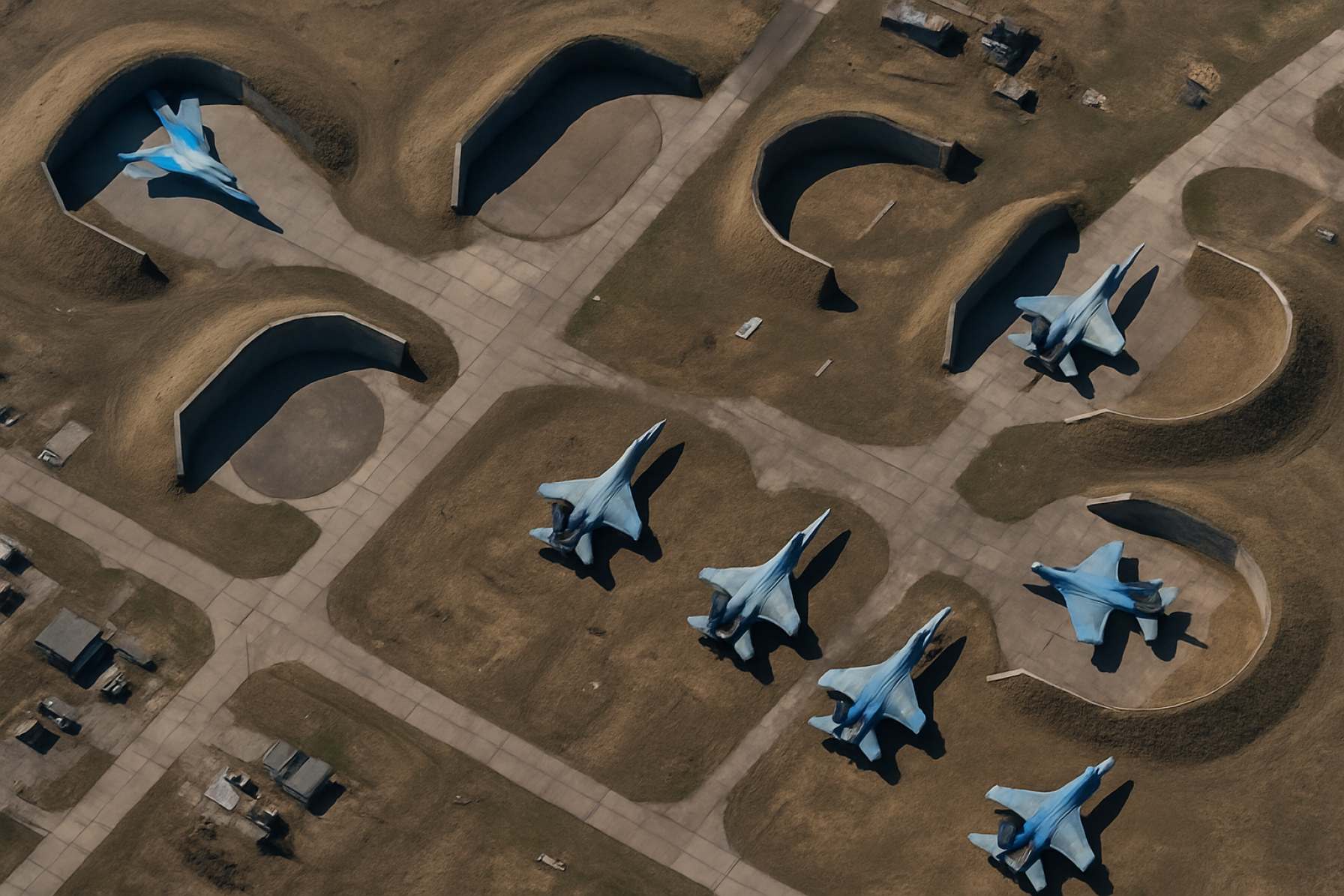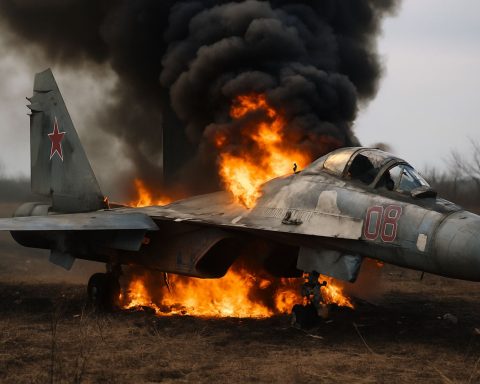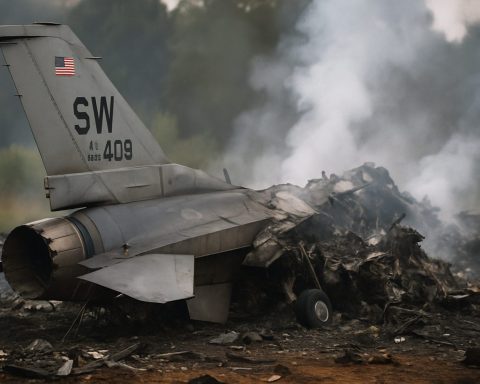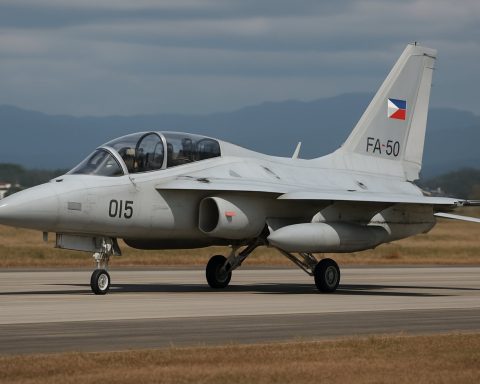Satellite Sleuths Uncover Russia’s High-Stakes Push to Shield Airfields Amid Devastating Ukrainian Drone Raids
Exclusive satellite pics reveal Russia racing to fortify airbases after Ukraine’s daring “Spiderweb” operation blindsided key military sites.
- 41 Russian strategic aircraft struck in Ukraine’s “Spiderweb” operation
- 12+ Russian and Crimea airbases now rapidly constructing new shelters
- 3 time zones covered by Ukraine’s drone strike campaign
- 100+ FPV drones smuggled using mobile wooden houses, SBU confirms
Russia is in overdrive to shield its prized warplanes. Newly released satellite imagery shows a surge of construction at multiple airbases—not just in occupied Crimea, but deep within Russian territory. The reason: a bold Ukrainian drone offensive that stunned military analysts and forced the Kremlin’s hand.
Across Kirovske, Sevastopol, Hvardiiske, Saky, and beyond, tell-tale shapes of new hardened aircraft shelters dot the tarmac. These improvised hangars are springing up at Russian airfields such as Yeysk, Krymsk, Primorsko-Akhtarsk, and Millerovo—signs of a military bracing for more high-tech raids.
Why now? Ukraine’s Security Service (SBU) just shocked Russian defenses with Operation “Spiderweb,” a special mission that unleashed a barrage of drone assaults on strategic aviation assets. Notably, even Russia’s fortified Engels airbase and early-warning aircraft couldn’t escape unscathed.
For the latest in global intelligence, visit Radio Free Europe/Radio Liberty and Ukrinform. Stay informed on the geopolitical impact via Reuters and BBC.
How Did Ukraine’s “Spiderweb” Operation Work?
Ukrainian ingenuity was on full display. The SBU covertly transported swarms of FPV drones into Russia by hiding them inside mobile wooden houses. These houses, mounted atop cargo trucks, moved these “Trojan horses” thousands of kilometers without raising suspicion.
Once in position, hidden drone bays silently waited. At the perfect moment, remote controls popped open the roofs, releasing dozens of drones—which homed in on Russia’s most valuable bombers and surveillance planes, including the imposing Tu-160s and elusive A-50s.
Q&A: Why Is Russia Rushing to Fortify Its Airfields?
Q: What are Russia’s new airfield shelters made from?
A: Most are reinforced concrete or steel—some pre-fabricated, others hastily assembled—designed to withstand blast damage from drone and missile attacks.
Q: How effective are these shelters against drone strikes?
A: They offer some protection, but rapid construction means many aren’t as robust as older Cold War bunkers, leaving high-value aircraft still vulnerable.
Q: Where else is construction happening?
A: Protective structures have appeared at more than a dozen sites, including deep into central Russia, a sign of rising anxiety about long-range Ukrainian strikes.
How Will These Moves Shape the Conflict in 2025?
Military strategists see these frantic construction efforts as a tacit admission: Russia now faces a more sophisticated, unpredictable Ukrainian threat—one that exploits technology, creativity, and the element of surprise.
With Ukraine’s success, aerial warfare in the region is evolving fast. Expect both sides to deploy new tactics, surveillance countermeasures, and more disguised logistical operations in the fight for air supremacy.
What’s Next—and What Should You Watch?
- Follow developments in military engineering and drone warfare for signs of escalation.
- Monitor intelligence updates from Radio Free Europe/Radio Liberty and BBC.
- Keep an eye on security announcements from both Moscow and Kyiv for shifts in deployment strategies.
The air war is transforming fast—stay alert to the latest reveals and don’t miss critical updates as the tension spirals into 2025!
Actionable Recap: Stay Informed on Russia’s Airbase Reinforcements
- Bookmark trusted news sources for real-time satellite imagery and military news
- Check for new drone warfare developments and air defense techniques each week
- Review official statements from Ukrinform and BBC
- Understand how logistics and innovation are redefining the conflict’s frontlines








